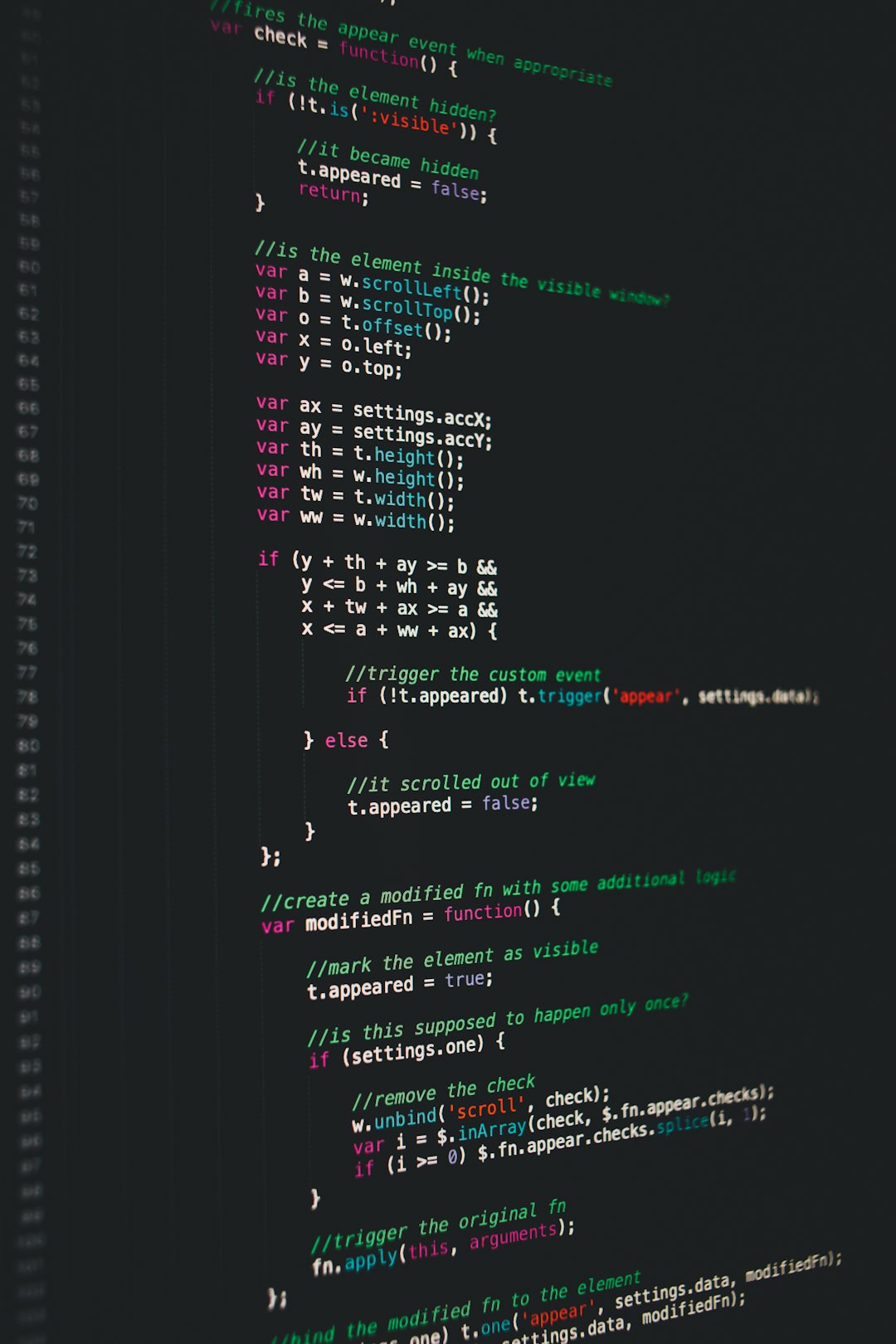In the ever-evolving landscape of academic research, access to large-scale data and citation metadata is crucial for scholarly analysis, bibliometrics, and digital humanities initiatives. One of the most treasured repositories of academic content—JSTOR—has become more than a platform for individual paper access. With its commitment to advancing scholarly research, JSTOR now enables bulk export with citation metadata, offering researchers new avenues to explore vast troves of academic material systematically and at scale.
What Is JSTOR and Why It Matters
Founded in 1995, JSTOR (short for Journal Storage) is a digital library that provides access to thousands of academic journals, books, and primary sources across numerous disciplines. It was developed as a way to preserve and digitize back issues of academic journals, making them accessible online.
Today, JSTOR has become a cornerstone in the academic research community, especially in the humanities, social sciences, and natural sciences. Its importance lies not only in content access but also in the richness of the metadata associated with each item—information that includes authors, titles, publication dates, journal names, DOIs, abstracts, and reference lists.
Why Bulk Export Is a Game-Changer
Traditionally, JSTOR was used in a piecemeal fashion—researchers accessed individual articles one at a time. While effective for focused research, this method limits the scope of inquiry for projects that require analyzing larger trends or computational approaches to text.
Bulk export with citation metadata opens the door to:
- Text mining for large-scale content analysis
- Bibliometric studies to analyze publication trends, author networks, and citation patterns
- Digital humanities projects that require structured data sets
- Natural Language Processing (NLP) research using scientific and humanistic texts
With bulk export, users can obtain structured citation metadata in formats such as CSV or JSON, making further processing with programming languages like Python or R significantly easier.

How JSTOR Supports Bulk Export
JSTOR enables bulk data access through various ways, primarily tailored for institutions or researchers with approved projects. Here’s how it works:
1. JSTOR Data for Research (DfR)
JSTOR’s Data for Research (DfR) service is a specialized interface for exploring and downloading citation metadata and n-gram content. Through DfR, users can:
- Search for content sets based on specific keywords, journals, or time periods
- Download citation metadata, including article titles, authors, journal details, and references
- Receive tokenized and sanitized outputs for text mining (variable based on content access rights)
Those who register and submit a request with a valid research purpose may be granted access to full-text bulk datasets under a controlled license. These are often used by computational researchers and institutional projects.
2. Institutional Partnerships and APIs
JSTOR has also partnered with select academic institutions by offering APIs or direct data feeds for large corpuses. These setups are not generally available to the public but are facilitated through a formal application and review process.
For example, some institutions have established agreements that allow their digital humanities centers direct access to full-text databases with citation metadata, including structured XML representations of articles.
3. Custom Dataset Requests
For researchers with unique needs not met by DfR or institutional access, JSTOR may entertain custom data set requests. These are subject to scrutiny and are intended for non-commercial educational and research purposes only. Approved users receive data packages that align with their project scopes.
Metadata: The True Power Behind the Export
When exporting metadata from JSTOR, you’re not just getting titles and dates. A typical metadata export includes:
- Title of the article
- Author(s) name(s)
- Publication date and volume/issue information
- Journal name and publisher details
- Abstract or introductory summary
- DOI and page numbers
- Cited references (when available)
This structured data is invaluable for researchers conducting network analysis of citations, studying scholarly impact over time, or mapping the evolution of ideas across different disciplines.

Applications Across Disciplines
Bulk export with citation metadata has empowered projects across a broad range of fields. Below are a few examples:
1. Humanities and Literature
Researchers use JSTOR data to trace the transformation of literary concepts or rhetorical styles over centuries. By mining syntax, word frequency, and cross-journal references, scholars can unearth hidden narratives and cultural shifts.
2. Sociology and Political Science
Public policy analysts and sociologists use metadata to study issue salience, authorship diversity, or longitudinal changes in the discourse around key topics like race, gender, or technology.
3. Library and Information Sciences
Metadata exports serve as a backbone for bibliometric research, which aids in understanding information dissemination, journal impact, and co-citation frameworks.
4. Artificial Intelligence and NLP
Scientists use JSTOR outputs to train models in understanding argumentative structures, document classification, and even recommendation systems for academic references.
Challenges and Considerations
Despite the benefits, there are some challenges associated with accessing and using bulk metadata from JSTOR:
- Access restrictions: Not all content is freely available for bulk export due to publisher agreements and copyright concerns.
- Data limitations: Sanitized texts (e.g., n-grams) mean you may not get full passages for sensitive datasets.
- Technical proficiency: Working with bulk data often requires knowledge of data processing tools and languages like Python, R, or SQL.
- Ethical use: Users must ensure that data usage complies with JSTOR’s license agreements and respects intellectual property rights.
How to Get Started
If you’re interested in accessing JSTOR’s bulk data, follow these steps:
- Visit Data for Research.
- Use the search interface to create a dataset based on your keywords, date range, or journal titles.
- Export citation metadata or request full datasets by submitting a research proposal if needed.
- Use appropriate tools (e.g., Pandas, Excel, Gephi) to clean and analyze your metadata.
Many institutions also offer workshops or consultations for accessing digital humanities datasets—check with your university’s library or research office for additional support.
Conclusion: A New Horizon in Academic Research
The ability to bulk export data along with comprehensive citation metadata from JSTOR represents a quantum leap in scholarly capabilities. From computational research and bibliometrics to AI and digital humanities, this feature breaks down silos and democratizes access to information in structured, actionable formats.
Whether you’re tracing the etymology of philosophical arguments or building a citation network across decades of political theory literature, JSTOR’s tools provide the scaffolding to construct big ideas from big data.
And with ethical use and institutional support, the bulk metadata export option supplies a powerful bridge between tradition and innovation—turning archives into accessible, analyzable, and illuminating datasets for the researchers of today and tomorrow.
